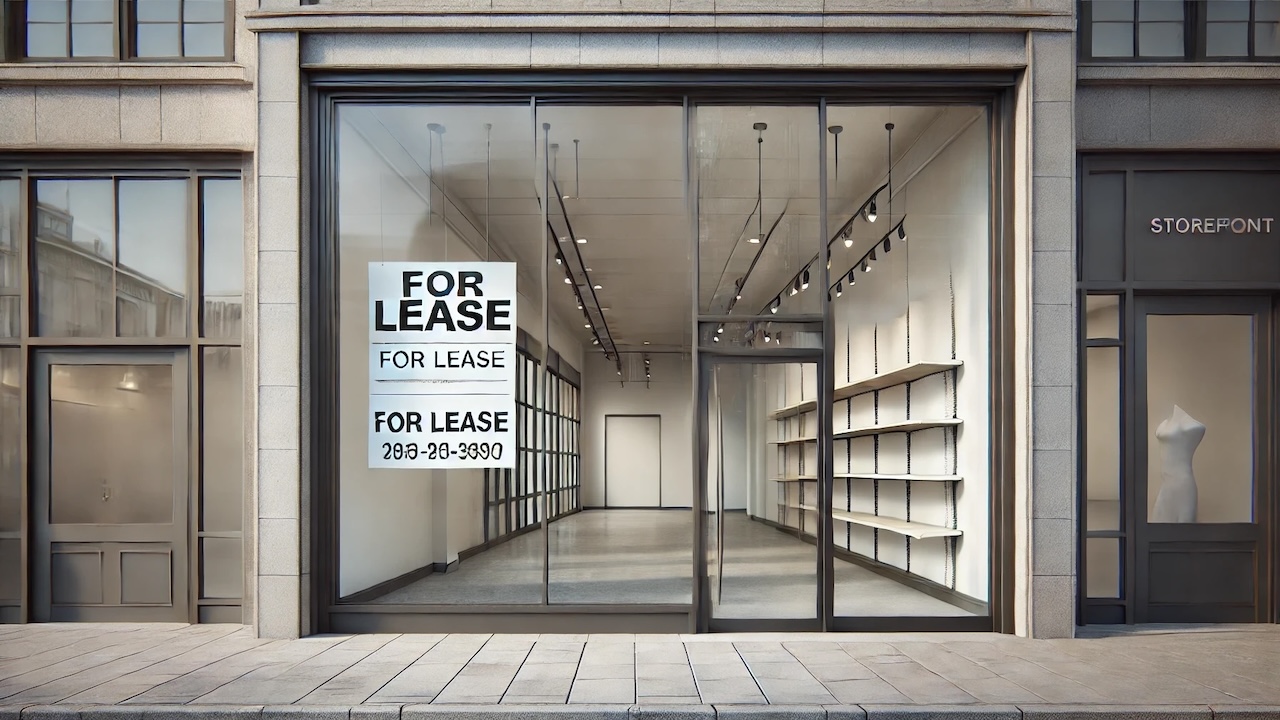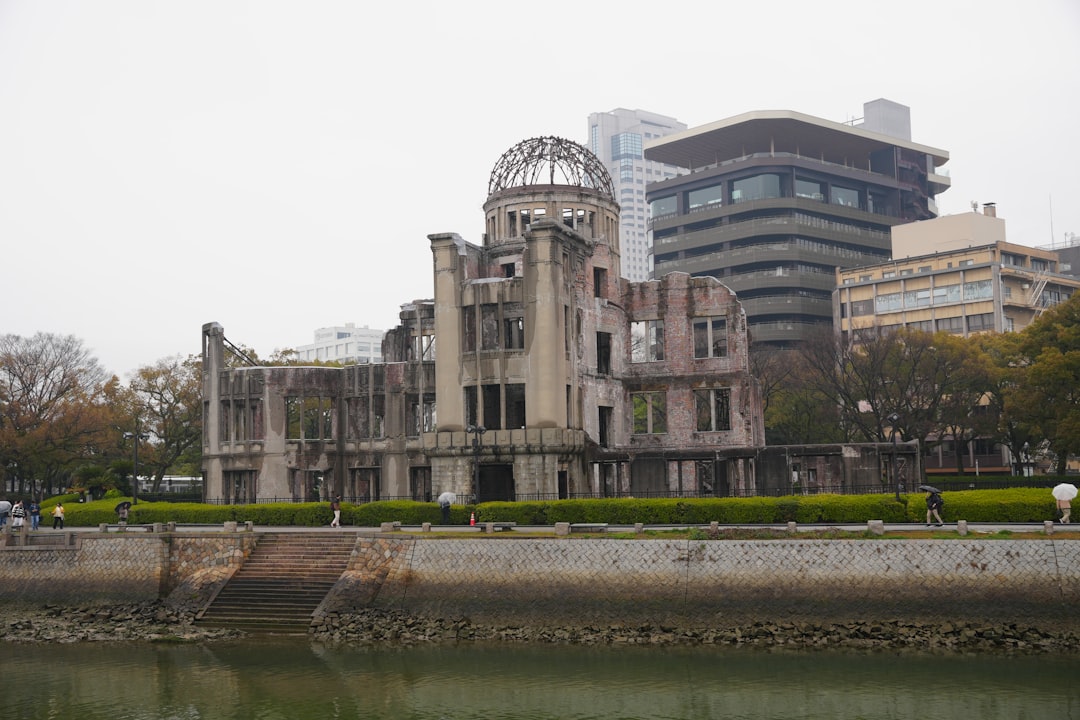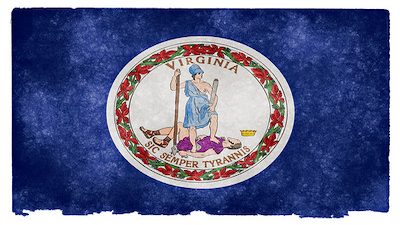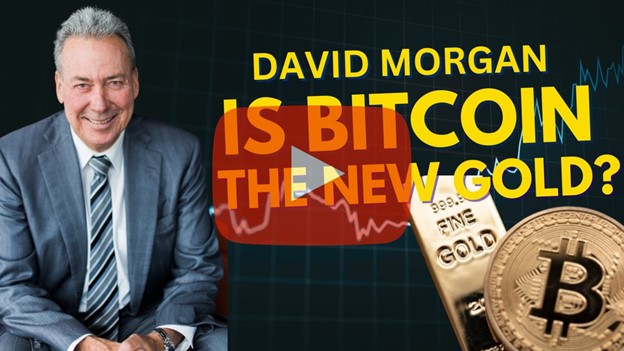While President Biden and talking heads in mainstream media talk about the amazing robust economy, retail stores are closing at a frenetic pace.
According to Coresight Research, 6,189 stores have already closed in 2024. That puts retail store closures at the fastest pace since 2020, when government shutdowns decimated the retail sector.
Store closures are up 60 percent year over year.
Some of the major chains shuttering stores include Walgreens (259 stores), Family Dollar (677 stores), Big Lots (360 stores), and LL Flooring (all stores).
Conn’s HomePlus, Rue21, and Express have also announced closures.
According to S&P Global, more than 80 companies that sell discretionary goods had filed for bankruptcy through September. That represents a 27 percent increase from 2023.
The restaurant sector is also feeling the pain. Red Lobster, Roti, Tijuana Flats, and Buca di Beppo have all filed for bankruptcy this year, closing hundreds of restaurants. Denny’s recently announced plans to shutter 150 restaurants.
A CBS News report on the Family Dollar closures cited inflationary pressures on consumers’ wallets as a prime reason sales have sagged.
ABC News noted closures have picked up because “the retail sector’s sugar high of 2021 and 2022 — when consumers were snapping up new couches, televisions, and clothing — has ended.“
“Companies have raised prices higher than many consumers can afford, and interest rates have soared, making it more expensive to borrow money for big-ticket items or to get a mortgage or a car loan. Consumers have reached their breaking point and are pulling back on items they don’t absolutely need.”
With the pandemic-era stimulus long gone, savings depleted, and credit cards maxed out, retailers are back to where they were in 2019 when efforts to normalize monetary policy had cracked the economic foundation.
Retailers closed a record 9,800 stores that year, with Payless, Gymboree, Charlotte Russe, and Shopko all filing for bankruptcy.
More than a decade of artificially low interest rates created all kinds of malinvestment and distorted the economy. When the Fed started trying to normalize rates and unwind the monetary stimulus injected into the economy after the 2008 Financial Crisis, the stock market crashed, and the economy got rickety.
At that point, the Federal Reserve gave up on normalizing interest rates and returned to quantitative easing in an effort to prop up the sagging economy. The massive stimulus during the COVID years papered over the problem.
That paper appears to be peeling off.
Meanwhile, the government is gaslighting us about the economy.
A Brownstone Institute paper titled “Recession Since 2022: US Economic Income and Output Have Fallen Overall for Four Years” argues that government numbers overstate economic growth and that we’ve been in a contraction for over two years.
It’s clear the economy isn’t so great for everyday people. While Wall Street bankers and bigwigs may be doing just fine, the average person on Main Street is struggling, and the stores on Main Street are locking their doors. This may well be the worst “great” economy ever.
Read the full article here












Leave a Reply